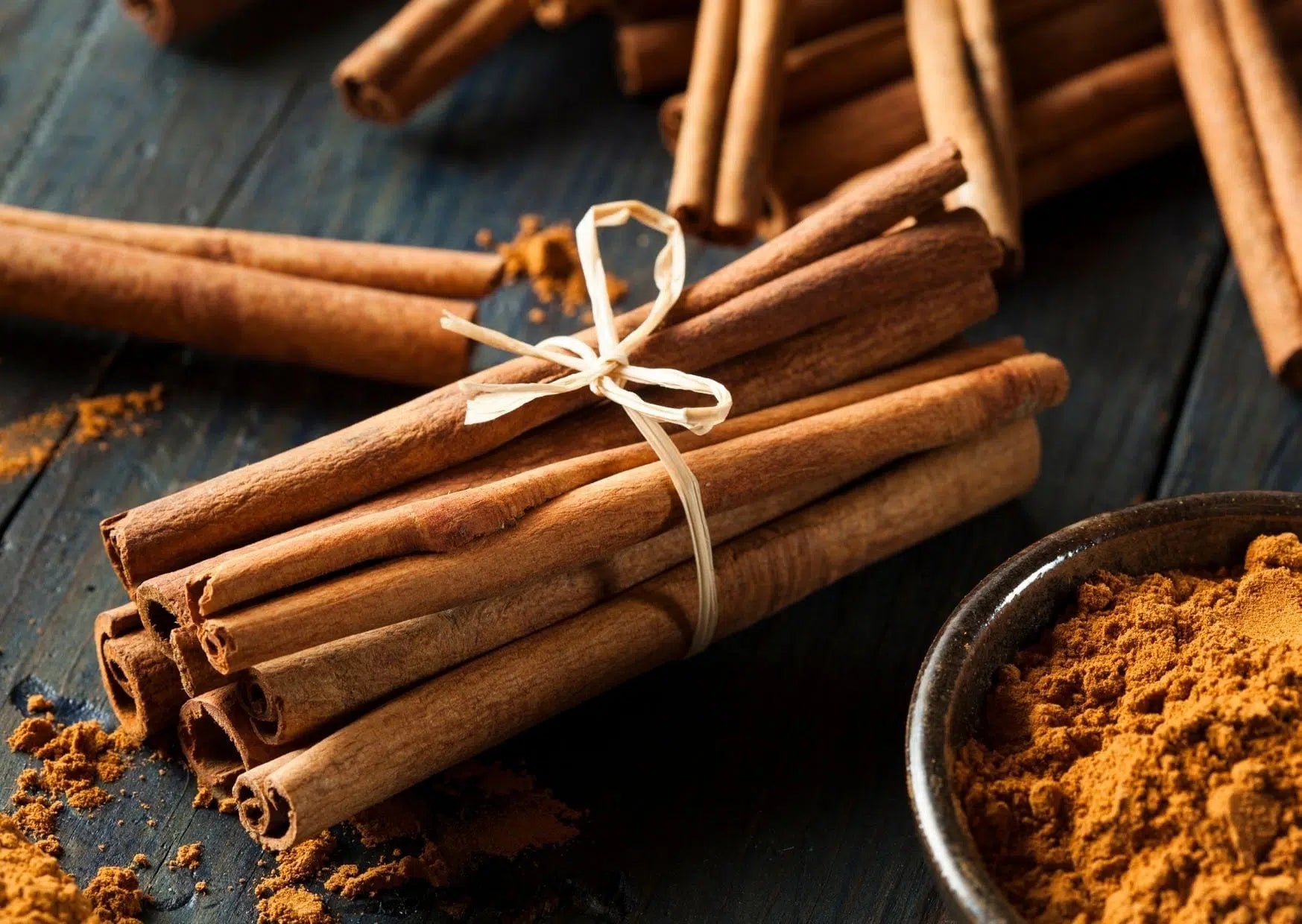Origin of cinnamon: The history and cultural significance of cinnamon from Sri Lanka

Introduction
Sri Lanka is not only renowned for its breathtaking landscapes but also for its rich culinary heritage. At the heart of Sri Lanka's spice trade lies cinnamon, a spice that has been coveted for centuries. In this article, we delve into the
intricacies of importing and exporting cinnamon from Sri Lanka, its historical significance, cultivation methods, global demand, and the economic impact on the island nation.
The Spice of Serendipity: A Historical Perspective
Early Roots and Discovery
Cinnamon has deep historical roots in Sri Lanka, dating back to ancient times. The island was coveted by traders and explorers for its exotic spices, and cinnamon, in particular, gained prominence for its unique flavour and aromatic qualities. The spice was so highly valued that it was often presented as a gift to royalty and dignitaries.
The legendary explorer Marco Polo was captivated by Sri Lanka's cinnamon during his travels in the 13th century, and he famously described it as "the best of spices." The allure of Sri Lankan cinnamon played a pivotal role in shaping global trade routes, with European powers vying for control of this precious commodity during the Age of Exploration.
Cultivation of Cinnamon in Sri Lanka
Geography and Climate
Sri Lanka's geographical location and tropical climate create the perfect conditions for cultivating high-quality cinnamon. The spice is primarily grown in the southwestern coastal areas of the island, where the combination of rich soil and ample rainfall provides an ideal environment for cinnamon trees to thrive.
Cinnamon Varieties
Sri Lanka is home to two main varieties of cinnamon: Cinnamomum verum, also known as "true cinnamon" or "Ceylon cinnamon," and Cinnamomum cassia. Ceylon cinnamon is considered superior due to its delicate, sweet flavour and lower coumarin content compared to cassia cinnamon.
Traditional Farming Practices
Traditionally, cinnamon cultivation in Sri Lanka involves skilled labour and meticulous attention to detail. The bark of young cinnamon trees is carefully harvested, and the peeling process requires precision to ensure the quality of the spice. The use of traditional methods imparts a unique character to Sri Lankan cinnamon, distinguishing it from other varieties in the global market.
Global Demand for Sri Lankan Cinnamon
Culinary Appeal*
Sri Lankan cinnamon has become a staple in kitchens worldwide, appreciated for its nuanced flavour that adds depth and warmth to both sweet and savory dishes. Its use extends beyond traditional recipes to contemporary cuisine, where chefs and home cooks alike recognise its versatile applications.
Medicinal Properties*
Beyond its culinary appeal, cinnamon is celebrated for its potential health benefits. Studies suggest that cinnamon may have anti-inflammatory and antioxidant properties, contributing to its popularity in health and wellness circles. The demand for high-quality cinnamon with authentic origins has further propelled Sri Lanka into a leading position in the global spice market.
Economic Impact on Sri Lanka
Contributing to GDP
The cinnamon industry significantly contributes to Sri Lanka's economy, playing a vital role in the country's Gross Domestic Product (GDP). The cultivation, processing, and export of cinnamon generate employment opportunities for local communities, fostering economic growth in the regions where the spice is predominantly cultivated.
Export Markets and Trade Partnerships
Sri Lanka's cinnamon finds its way into markets worldwide, with major export destinations including the United States, European Union countries, and the Middle East. The island nation has established strong trade partnerships, leveraging its reputation for producing premium-quality cinnamon.
Challenges and Sustainability
While the cinnamon industry has brought economic prosperity to Sri Lanka, it faces challenges such as climate change and the need for sustainable practices. Farmers and policymakers are increasingly focusing on eco-friendly cultivation methods to ensure the long-term viability of the cinnamon trade.
Regulatory Framework and Quality Assurance
Regulatory Measures
To maintain the integrity of its cinnamon exports, Sri Lanka has implemented stringent regulatory measures. The Sri Lanka Standards Institution (SLSI) oversees the quality standards for cinnamon, ensuring that exports meet international benchmarks. This commitment to quality control enhances the credibility of Sri Lankan cinnamon in the global marketplace.
Geographical Indication (GI) Status
Sri Lankan cinnamon has earned Geographical Indication (GI) status, signifying its unique characteristics and association with the geographical origin of the island. This recognition not only protects the authenticity of Sri Lankan cinnamon but also enhances its market value by emphasising its distinct qualities.
Conclusion: Savouring the Success of Sri Lankan Cinnamon
In the intricate tapestry of global trade, Sri Lankan cinnamon stands out as a spice with a storied past and a promising future. From its historical allure to its contemporary culinary and medicinal appeal, cinnamon from Sri Lanka continues to captivate the world. As the island nation navigates the challenges of sustainable farming and meets the demands of a global market, the spice remains a symbol of the resilience and richness of Sri Lanka's cultural and economic tapestry.
